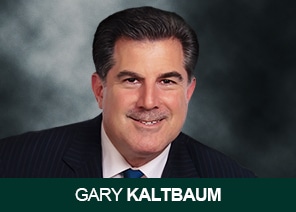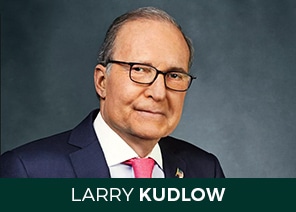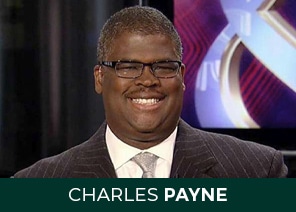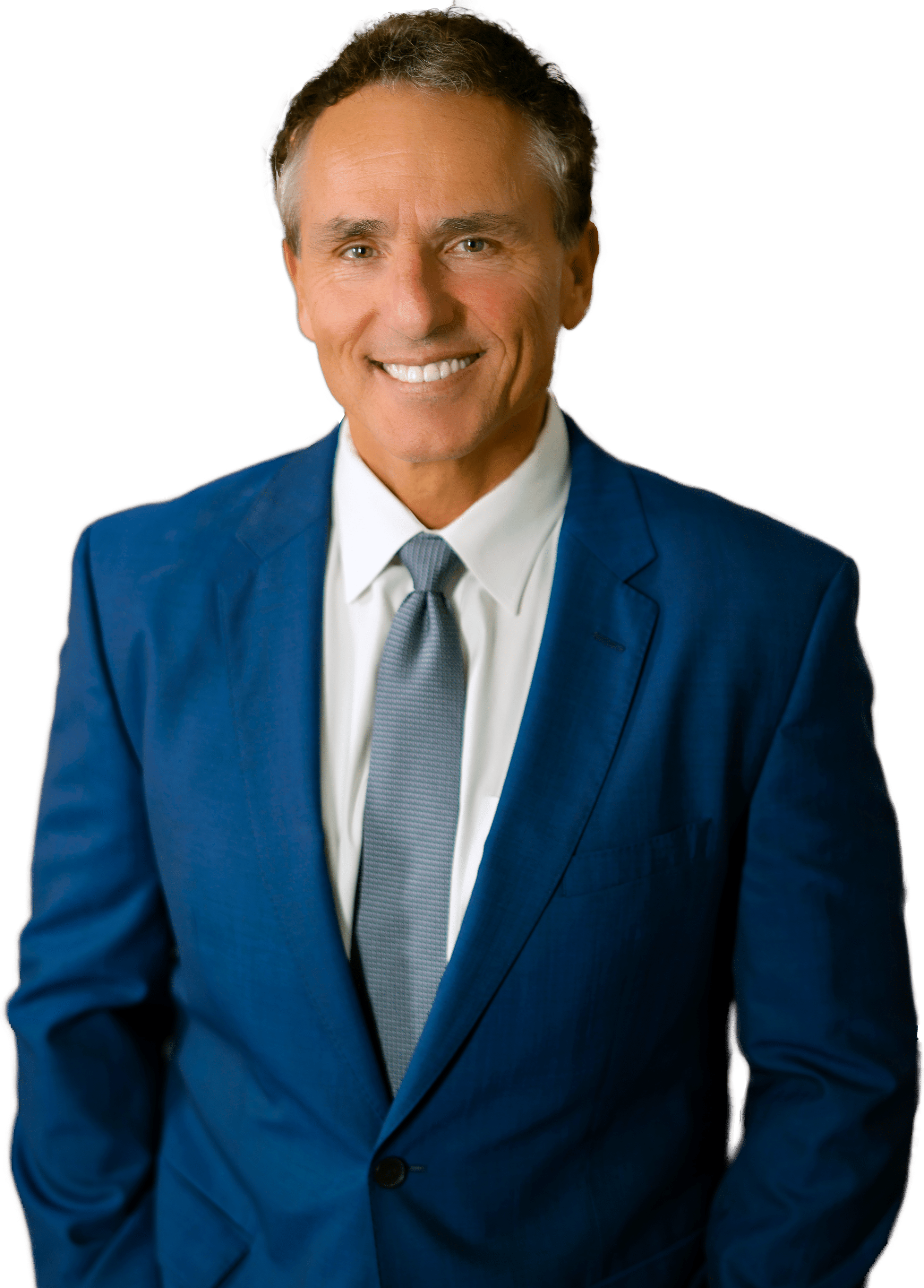Markets rise, fall, rise, fall, and then rise again. When long term bull markets hit their peak and then fall into a BEAR market, it tends to expose investors who were just “playing” the market instead of taking it seriously.
Throughout history, the worst bear markets were mostly connected with economic recessions and depressions.

Recessions are a natural and necessary occurrence.
Every economy, and every bear market tends to recover eventually. (Your best bet as an investor is to bet—in a smart way—on a recovery. Believing in the end of the world will get you nowhere.) This economy will eventually recover. It won’t happen overnight, but it will happen. In fact, for serious investors, the only question is how long it will take to recover, and the final “SHAPE” of the recovery.

There are ‘V’ shaped, ‘U’ shaped, ‘L’ shaped, and ‘W’ shaped recoveries. What investors really want to know is: what will be the SHAPE of the current (COVID19) recovery?
Because of the unprecedented injection of capital we’re seeing—and the fact that no recession was in sight before the COVID 19 shock wave entered the scene–we can make a few calculated assumptions.
One of them is that the large institutional investors are apparently expecting a somewhat rapid recovery once the economy is at least half open, and on the way to a full opening. Statistics tell us that trillions of dollars are on the sidelines at the major institutions and among individual investors. But not ALL of it is on the sidelines. There has been a wave of money entering the markets, lifting stocks back to 2018 levels. This is not scared money. This is money seeking opportunity.

The fact that we are not sitting at 15,000 on the Dow, but closer to 25,000 is hard evidence that the smartest investors are back in the market, awaiting more news on the opening of the economy —even if that FULL economic recovery takes a full year or a bit longer.
Even if there are setbacks here and there on the road to a full recovery, the long term trend is shaping up. America won’t lay flat on its back.
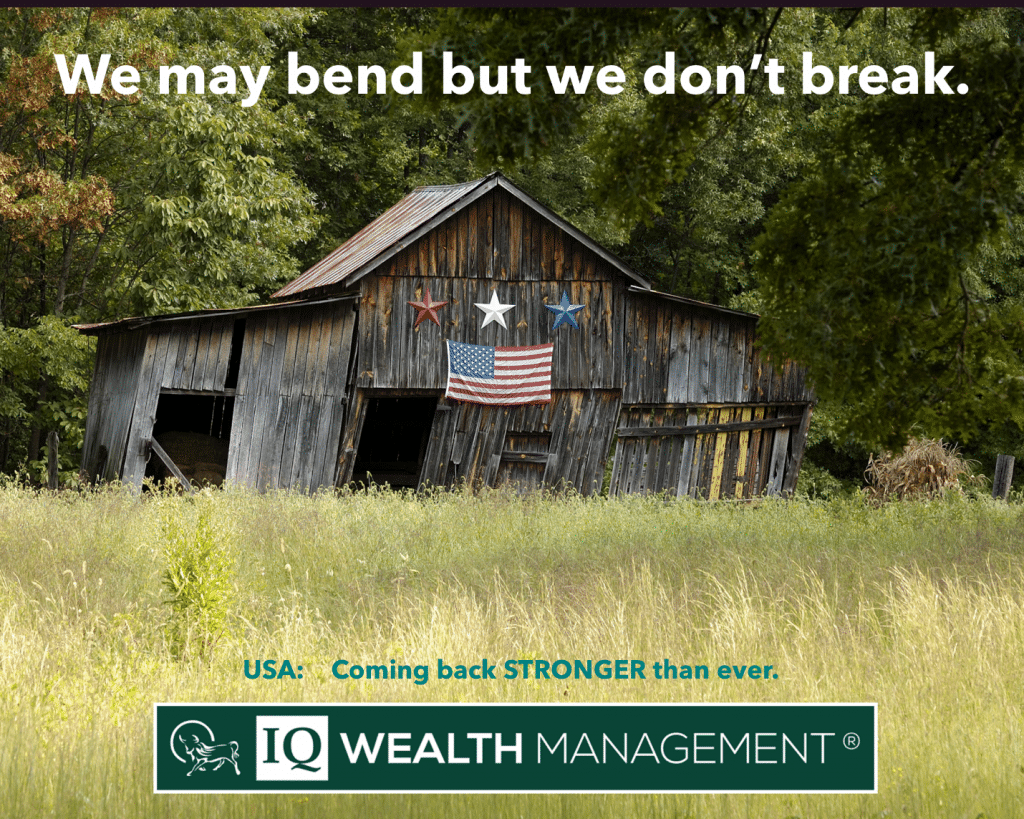
Smart investors seek to understand trends, consider worst case scenarios, and consider remediations taking place to reverse a downward trend. In this case, the remediations could total $8 trillion to $10 trillion+ dollars before it is all said and done—coming from both the Fed and the treasury. That ain’t nuthin’.
In fact, that kind of capital injection is astounding. And yes, the amount can even be worrisome. But what’s the alternative? If the massive investment were being spent just to patch holes, we shouldn’t do it. But as a bridge to the future, it can work. The goal is to fight back to get our economy back on its feet in the least amount of time.
Yes, it is a fight right now. Only the strong will prevail. But we are strong, and we do have weapons.
The capital injection, along with mortgage and rent forgiveness, and a probable payroll tax holiday, is shaping up to create consumer demand in the real economy, and investor demand in the stock market.

Smart, experienced, alert investors aren’t waiting for the recovery to fully play out. That is the recipe for completely missing this historic opportunity to re-set your portfolio. They do their homework, recognize the evidence that leads to a recovery, and get in ahead of the crowd.
Make no mistake, there will be a recovery. Will it be a ‘V’, a ‘U’ , an ‘L’, or a ‘W’?
Let’s take a look at each type of recovery from a recession, which is often accompanied by a bear market.
A V-shaped economic recession is the ideal kind. This type of recession starts off with a sharp decline followed by a strong solid recovery that is generally fairly quick. The factors to look for are gains in employment, GDP, and industrial output. Two recessions in recent history that are considered to be V-shaped are the ones from 1990 and 2001. Both lasted about eight months.
A U-shaped recession looks roughly like the letter “U” in charts. Unlike the V-shaped recession, this kind of recession takes the elevator down, then goes flat for an extended period. It makes a recovery, but takes its time doing it.

The normal period for this type of recession runs anywhere between 12 and 24 months. The current COVID 19 will likely resemble a very short U. We are currently in a downward plateau. We will soon see how rapidly the economy revs up. Will people trust traveling, restaurants, hair salons, and visiting car lots? That’s what is left to be determined. A quick V is not likely, but a slow V or a quick U is what things are looking like.
One example of a U-shaped recession is the one between 1981 and 1982. Unemployment peaked at 10.8% and GDP fell significantly. It is sometimes referred to as “Reagan’s Recession. This recession was due to the energy crisis of 1979, and carried over into Reagan’s term. Super tight monetary policy by Fed Chairman Paul Volker brought it on.
What is an L shaped recession? Hint: It looks like the 1930s
An L-shaped recession is the worst kind. It is characterized by a sharp, steep decline in economic activity followed by a very slow recovery period—often a DECADE or more. It would be more accurate to describe an L-shaped recession as a depression because it lasts so many years. The Great Depression of the 1930s was L shaped.
So, What Is a W-Shaped Recovery?
A W-shaped recovery resembles the letter W on a chart, with three “humps.”It involves a swift decline in GDP, employment, and industrial output, followed by a sharp rise back upward, followed again by another sharp decline. Right after that decline, we finally see another strong rise which tends to be the real recovery. The middle section of the W is kind of like fool’s gold—and is often called a bear market rally. The rally is not structurally sound, so it fizzles after more bad news comes along.
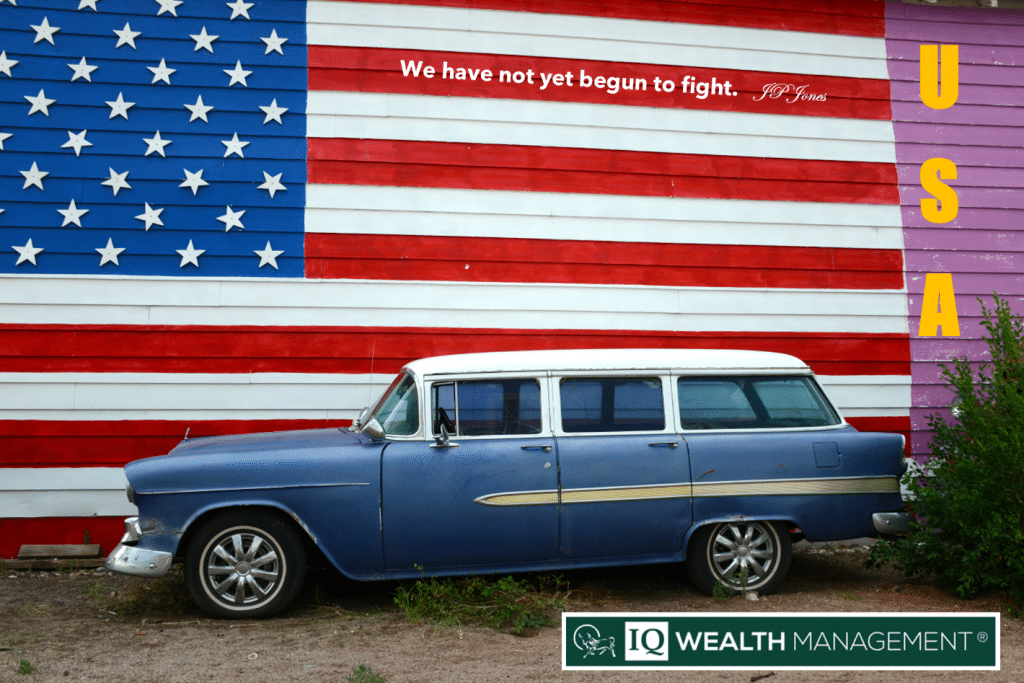
Summary: Investors are wise not to believe that this will be an L shaped recovery, like the Great Depression where there was no stimulus from the government available.
Although it might feel like a W, it all depends on how many consumers come back into the market place and how they handle the fear of COVID 19 infection. Statistics show that the bug is most dangerous to those with other health conditions, like diabetes, obesity, lung disease, heart disease, and high blood pressure.
But as a nation, we cannot keep ourselves in an iron lung. We need to get back into the fray, and those who are more vulnerable need to be extra cautious.
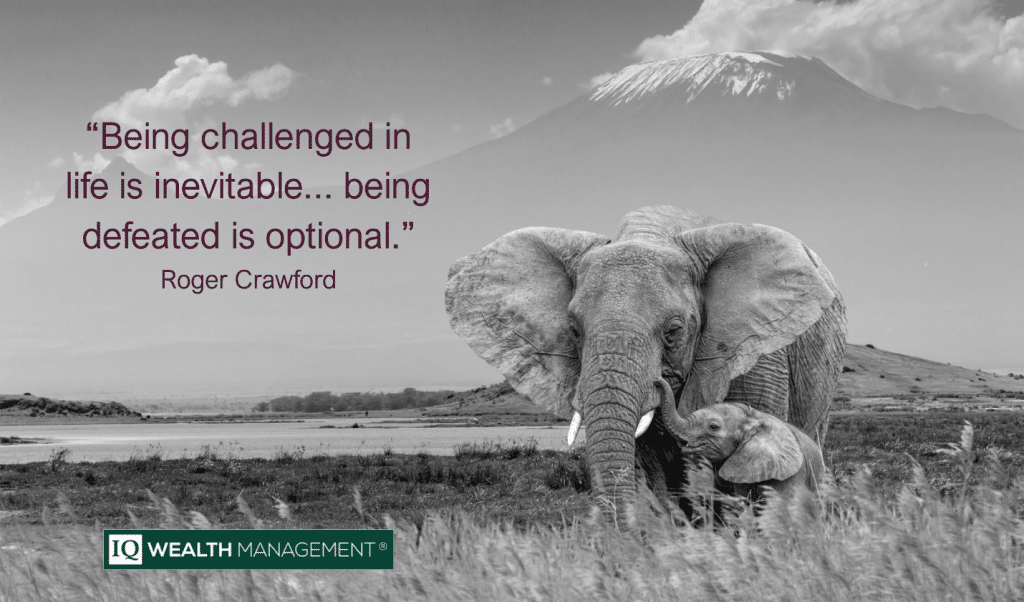
Before the bug, the Dow pushed its way to 29,000+ at the peak, fell to the 18,000 range and is now hanging around in the middle—in a trading range between twenty one thousand to twenty five thousand Dow points.
The big boys at major institutions are betting on a recovery. They have already put a foot back in. That’s why we are not sitting back at 15,000. Half the demand has already returned.
Think about it: With all the capital on the way from the Fed and Treasury, plus the lowest interest rates in history (as in zero), investors simply have no place to go but back into the market. There will be $10 trillion in new capital out there.
All markets are “me-too” in nature. Investors know that demand pushes prices upward, and when they see a wave of demand, more investors join in.
I believe we are either going to see a V or a W here.
Short term market timers can get burned in these markets but long-term investors have a real opportunity.

Summary: For long term investors, you can win whether we see a V OR a W shaped recovery—especially if you are buying dividend growth stocks. The W can take a little extra patience and logic from you as an investor. But buying high quality assets is the sensible approach right now—especially those paying steady dividends.
Your dividends keep rolling in while prices if stock prices go low. That helps you accumulate even more shares of quality companies at those lower prices. You skip the idea (wisely) of trying to jump in and jump out, or sitting on the sidelines letting a historic opportunity pass you by.
At IQ Wealth, our management team has strategically positioned both the Black Diamond and Blue Diamond Dividend Growth portfolios. These portfolios are fee-only (less than one percent all in), no junk fees, andno commissions. Learn more at BlackDiamondDividend.com.
Steve Jurich, AIF® is a seasoned financial advisor who heads IQ Wealth Management in Scottsdale, Arizona. His daily radio program, MASTERING MONEY, can be heard Monday through Friday at 8am and 11am on Money Radio in Phoenix.

